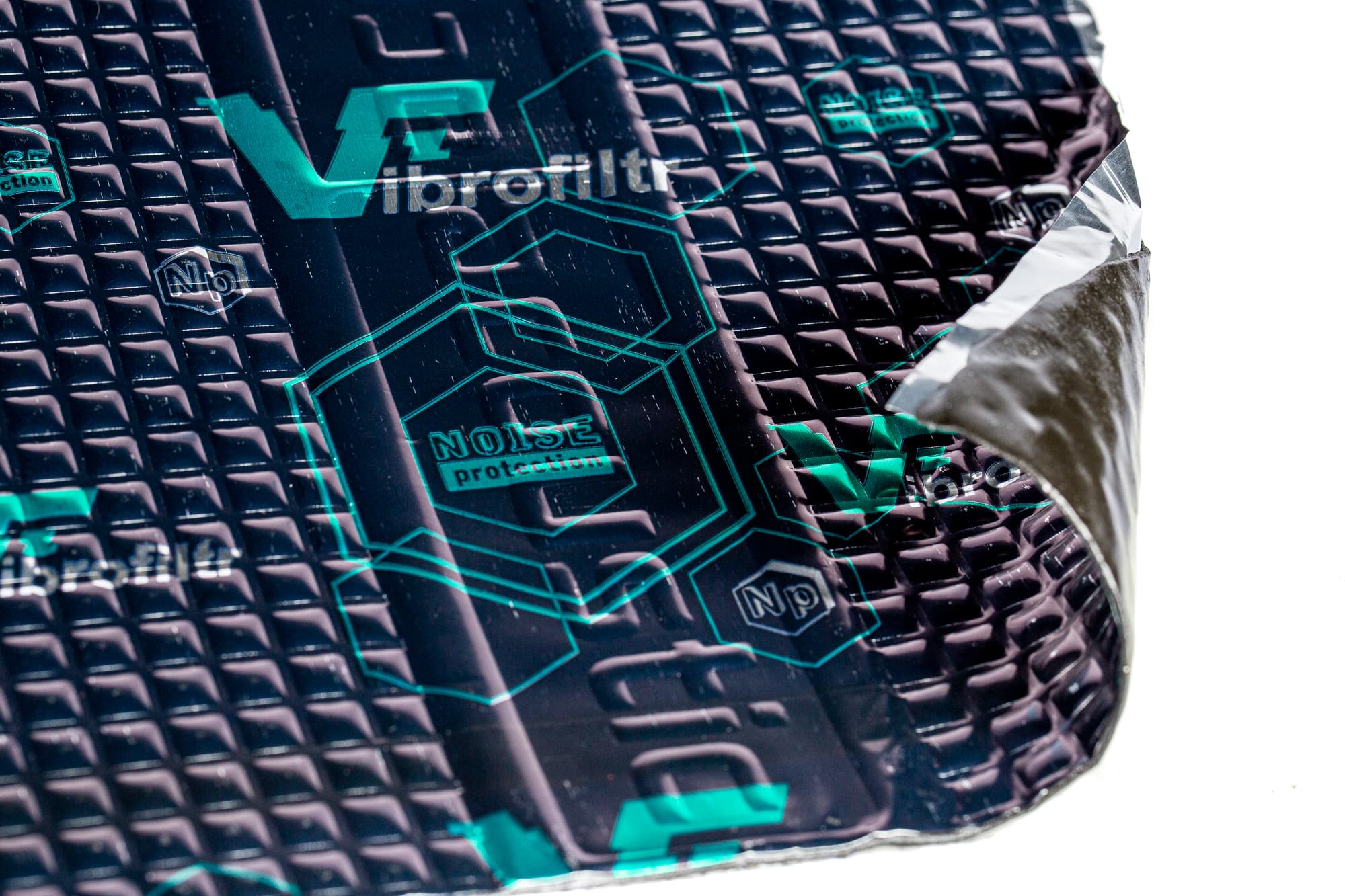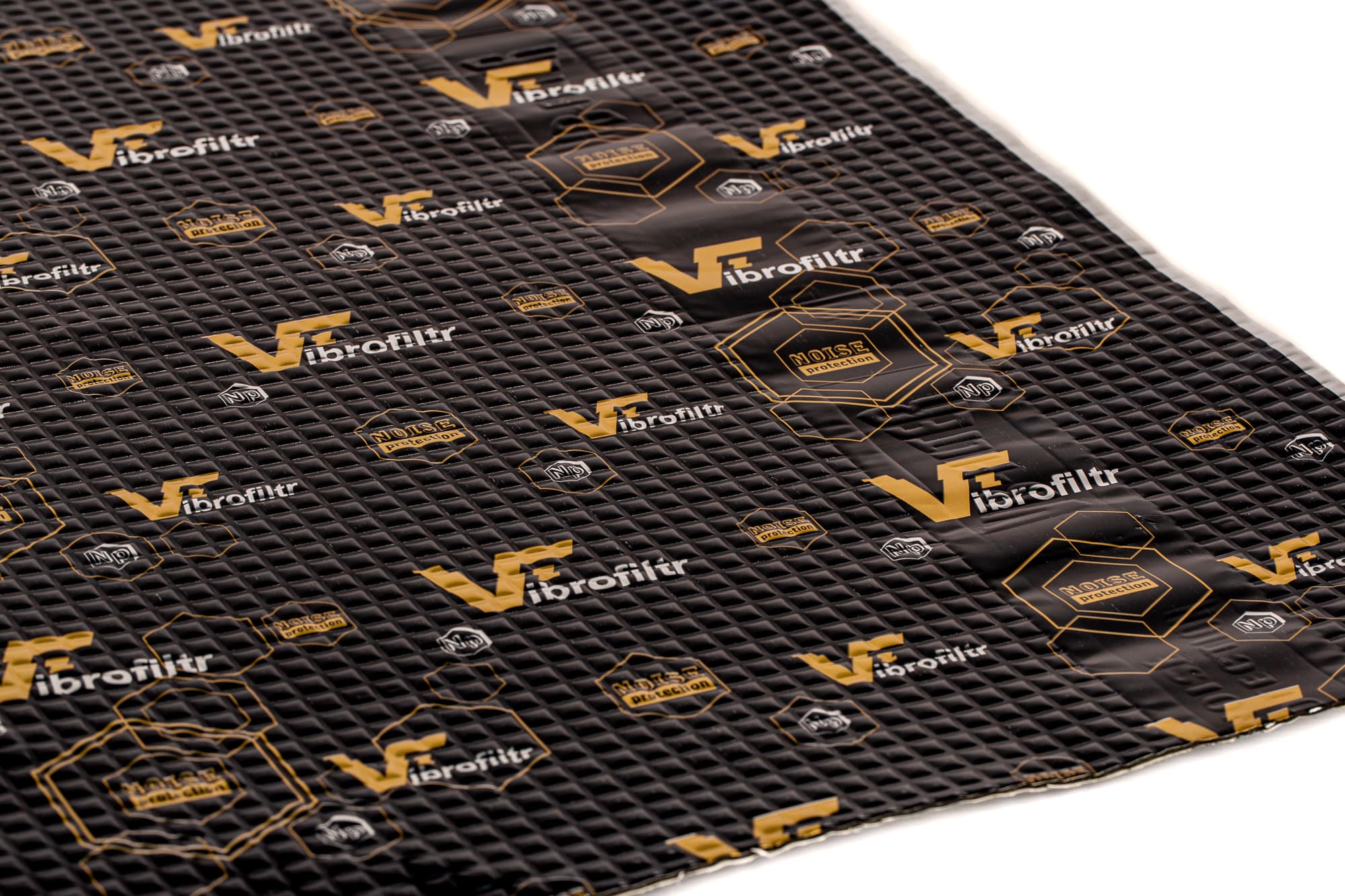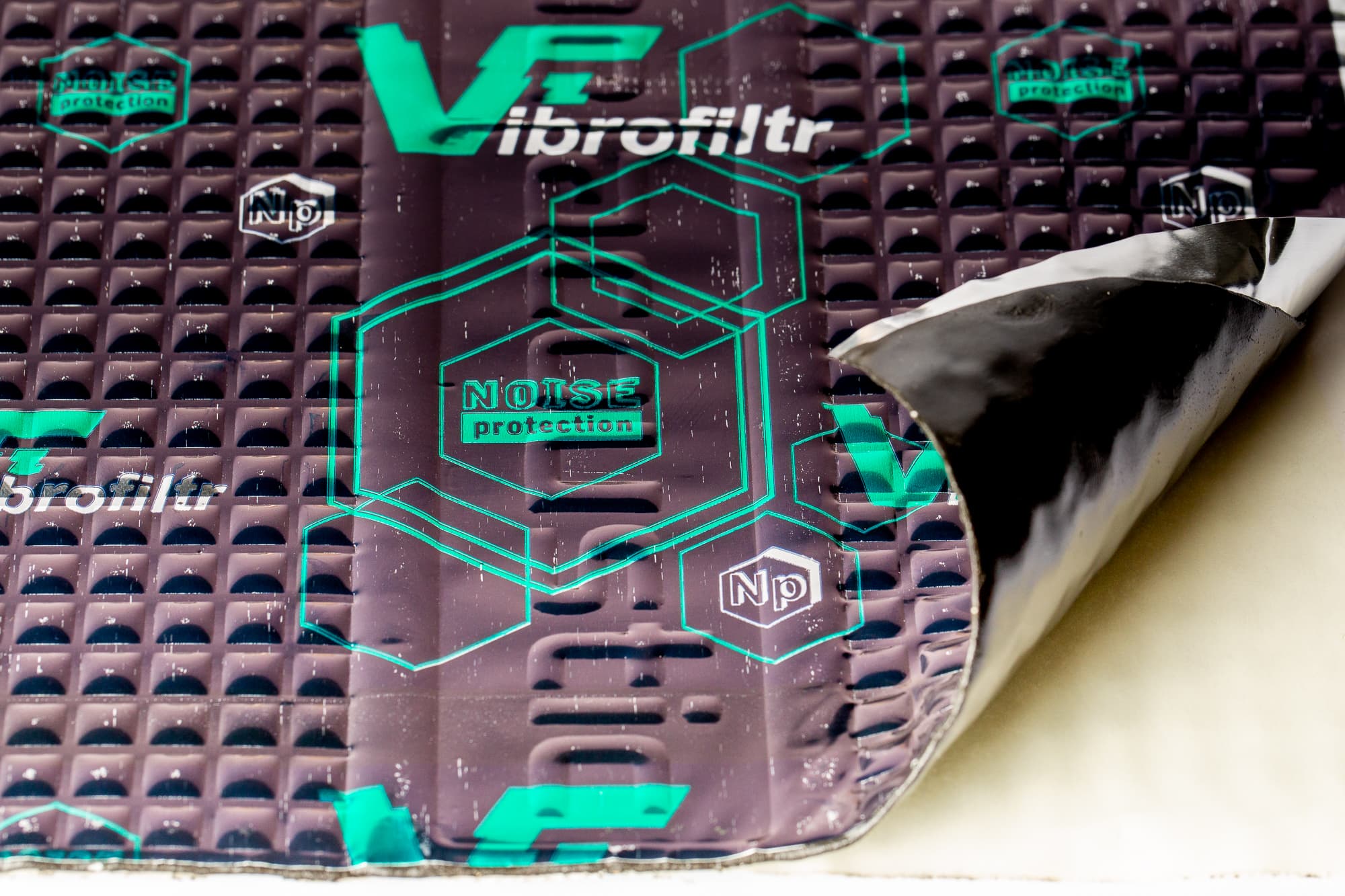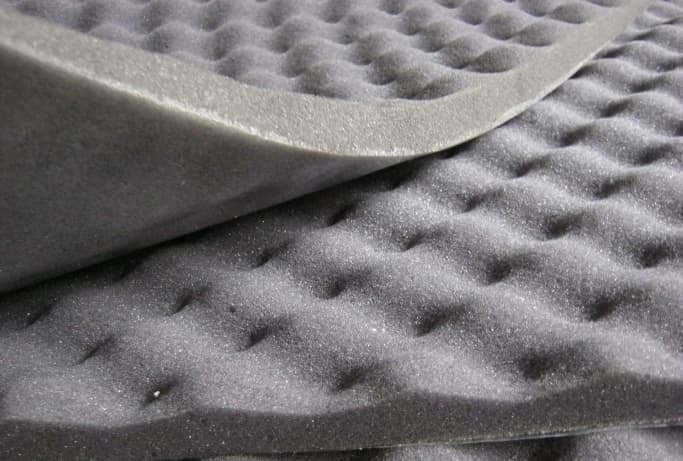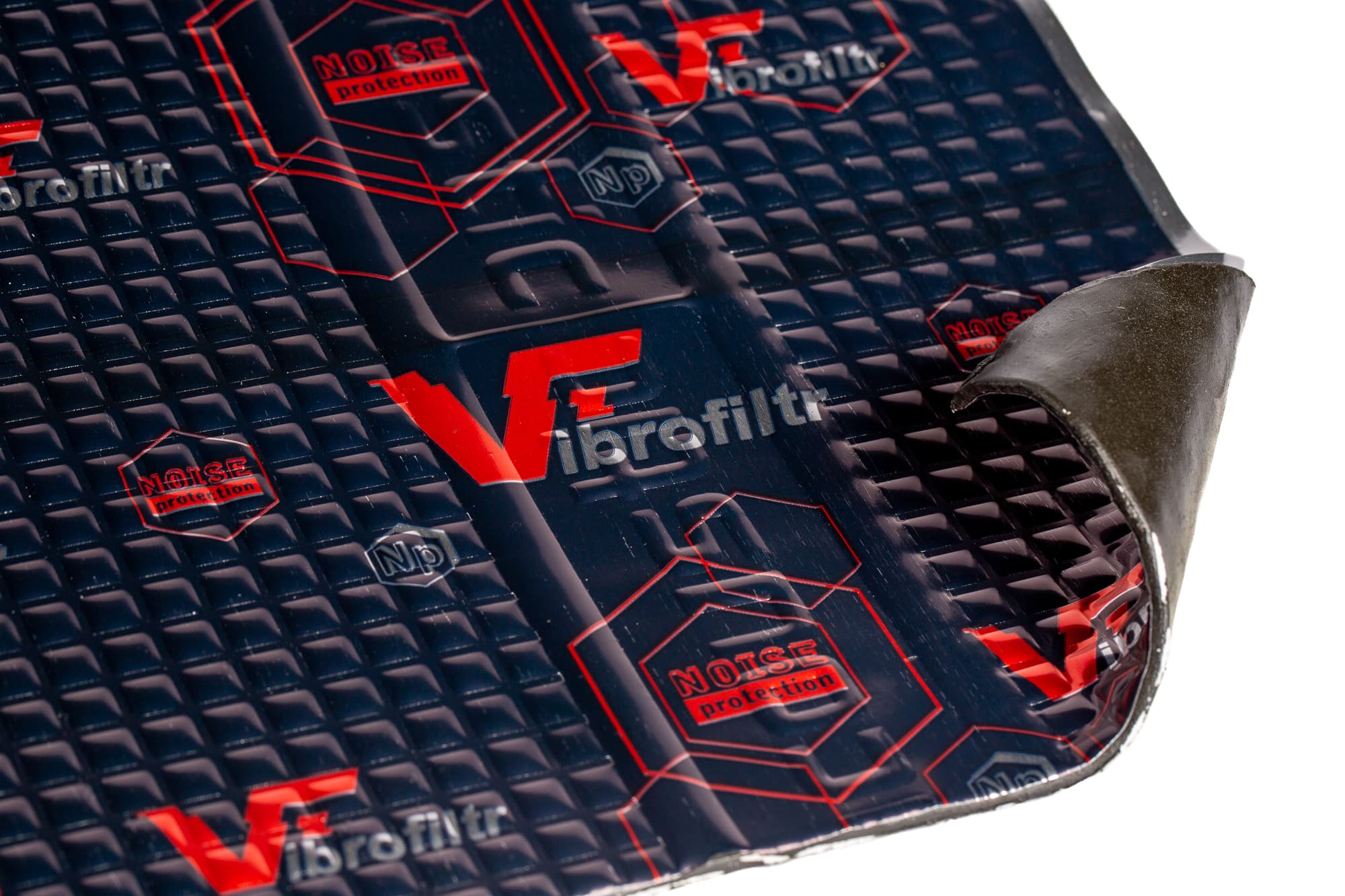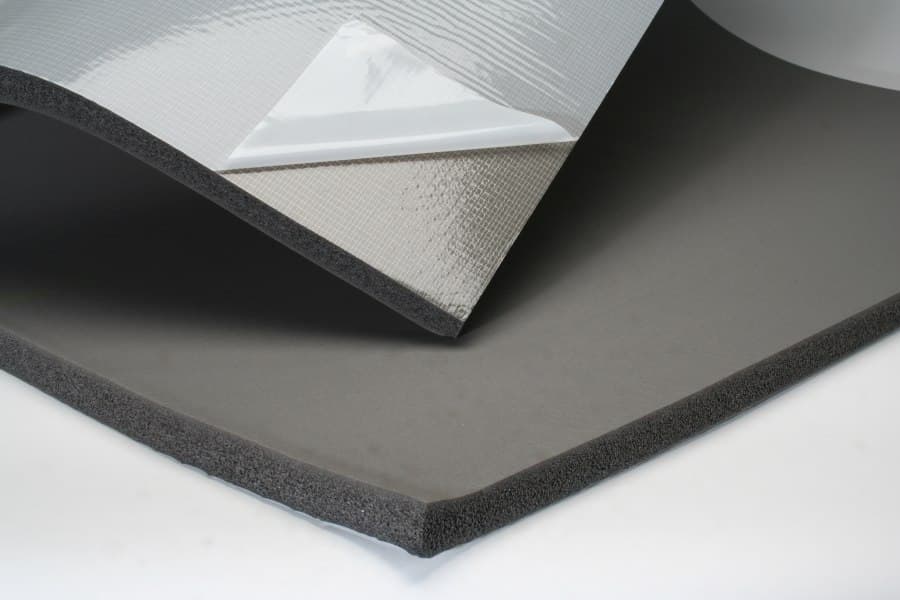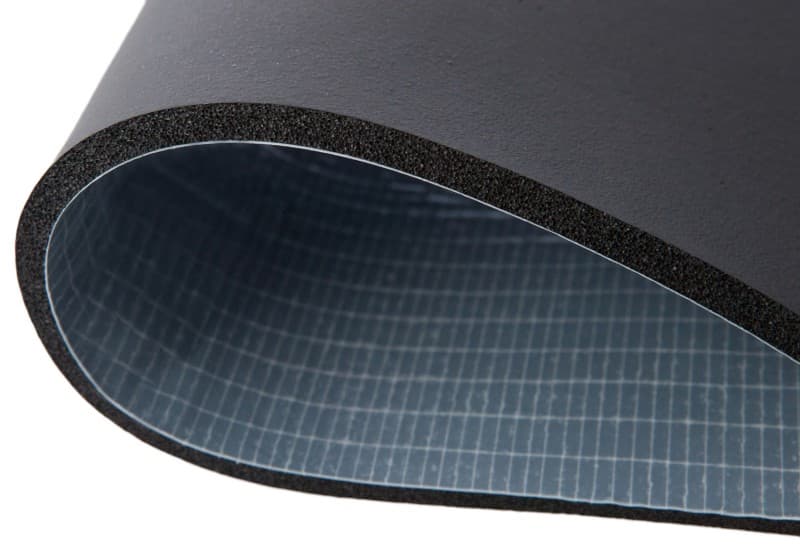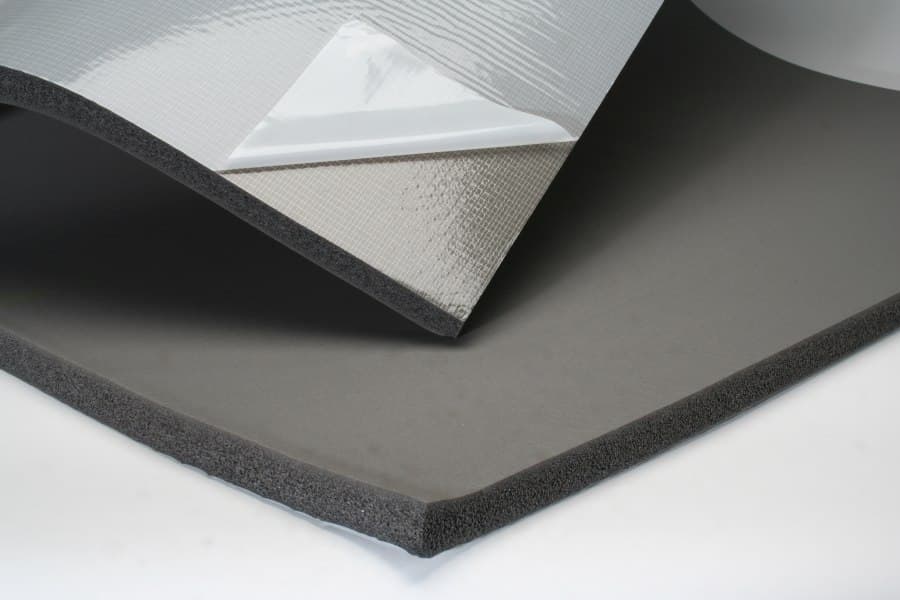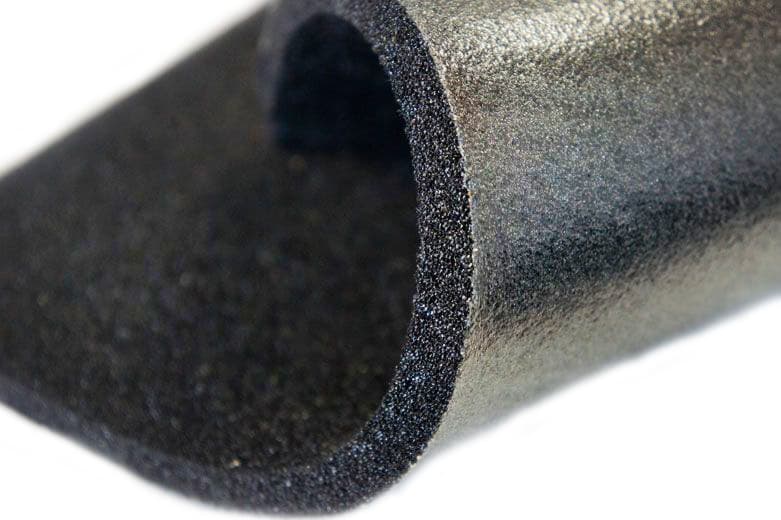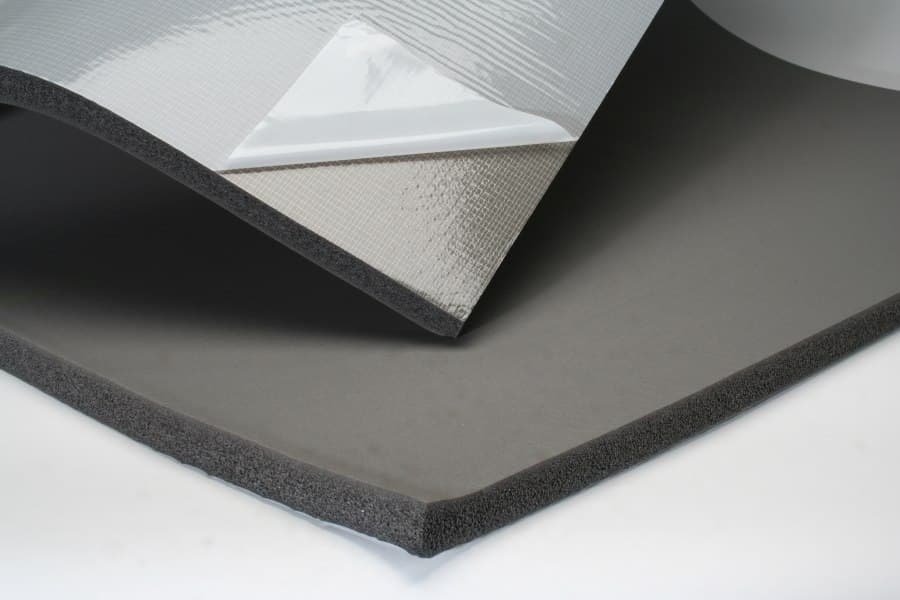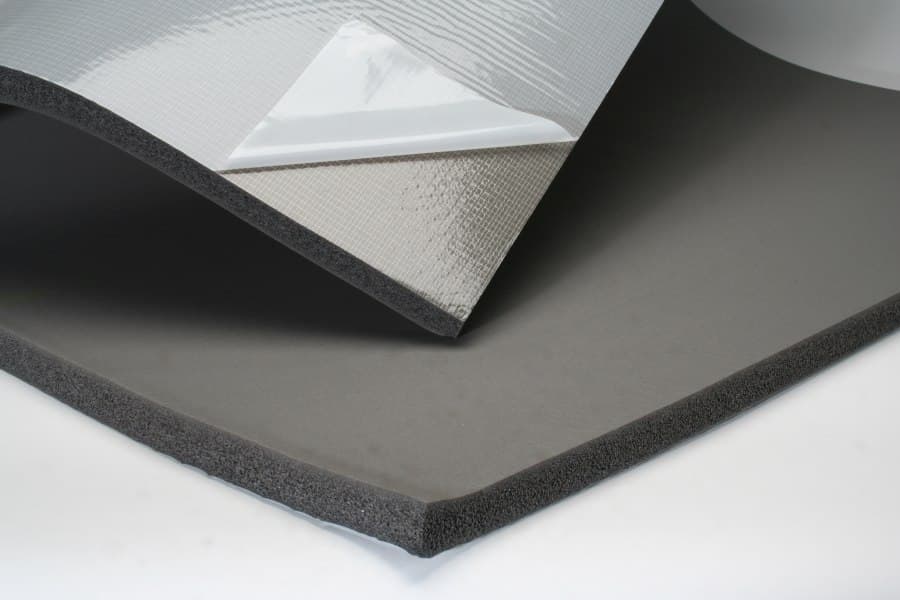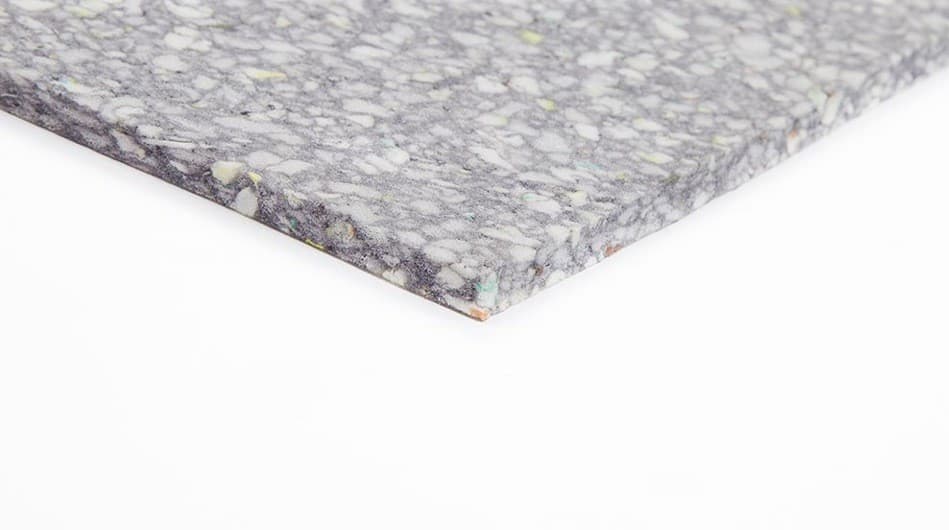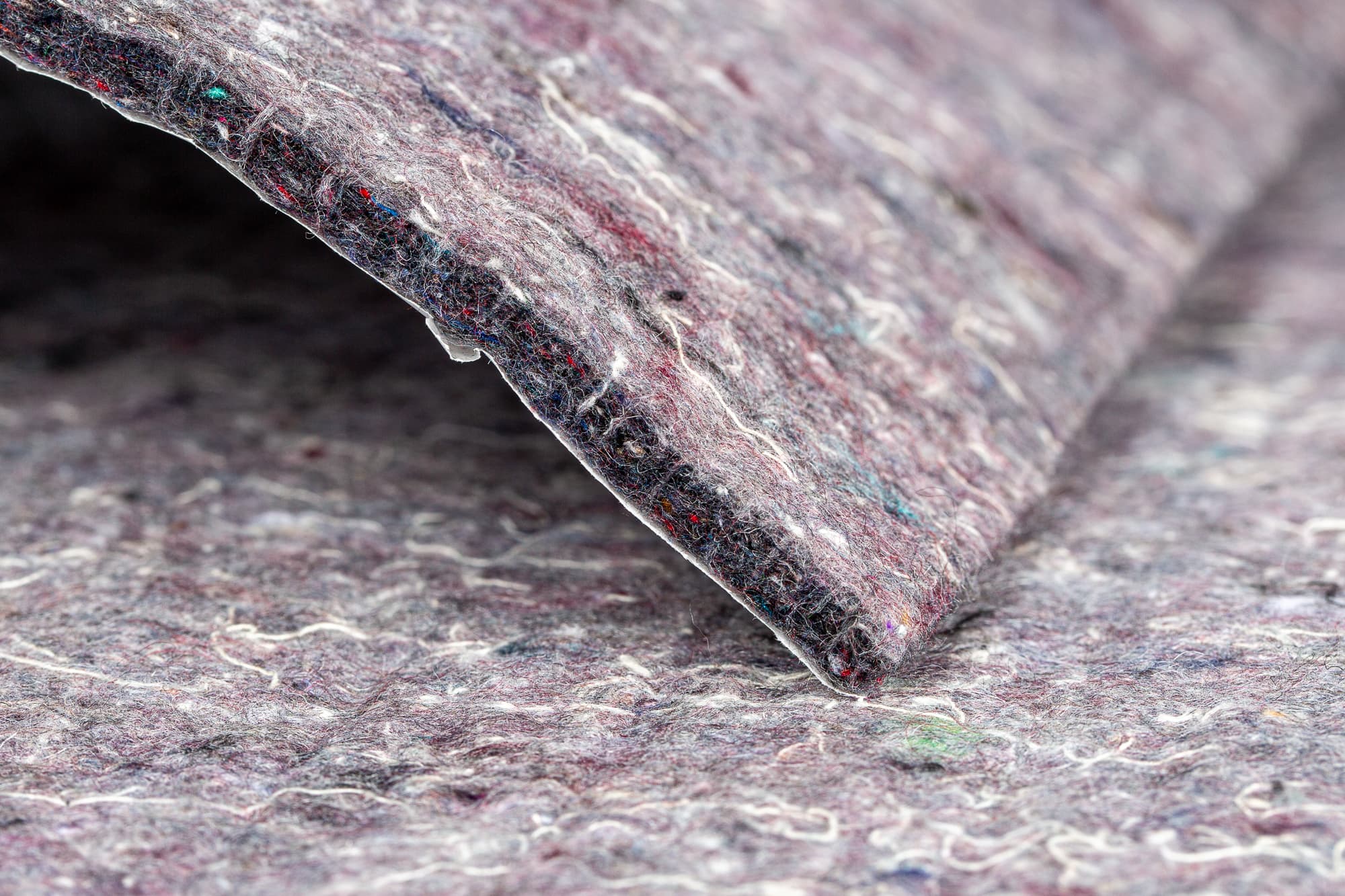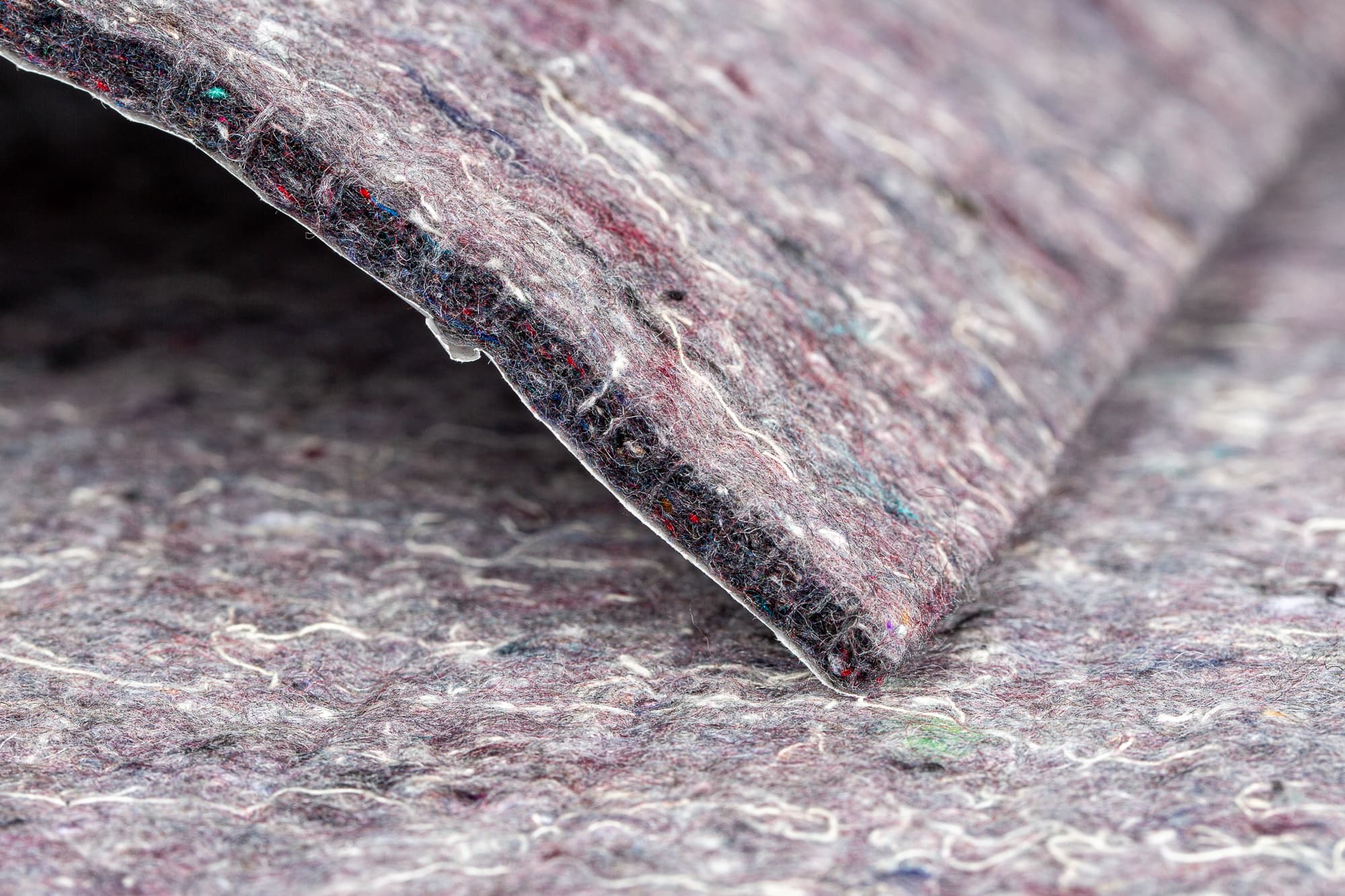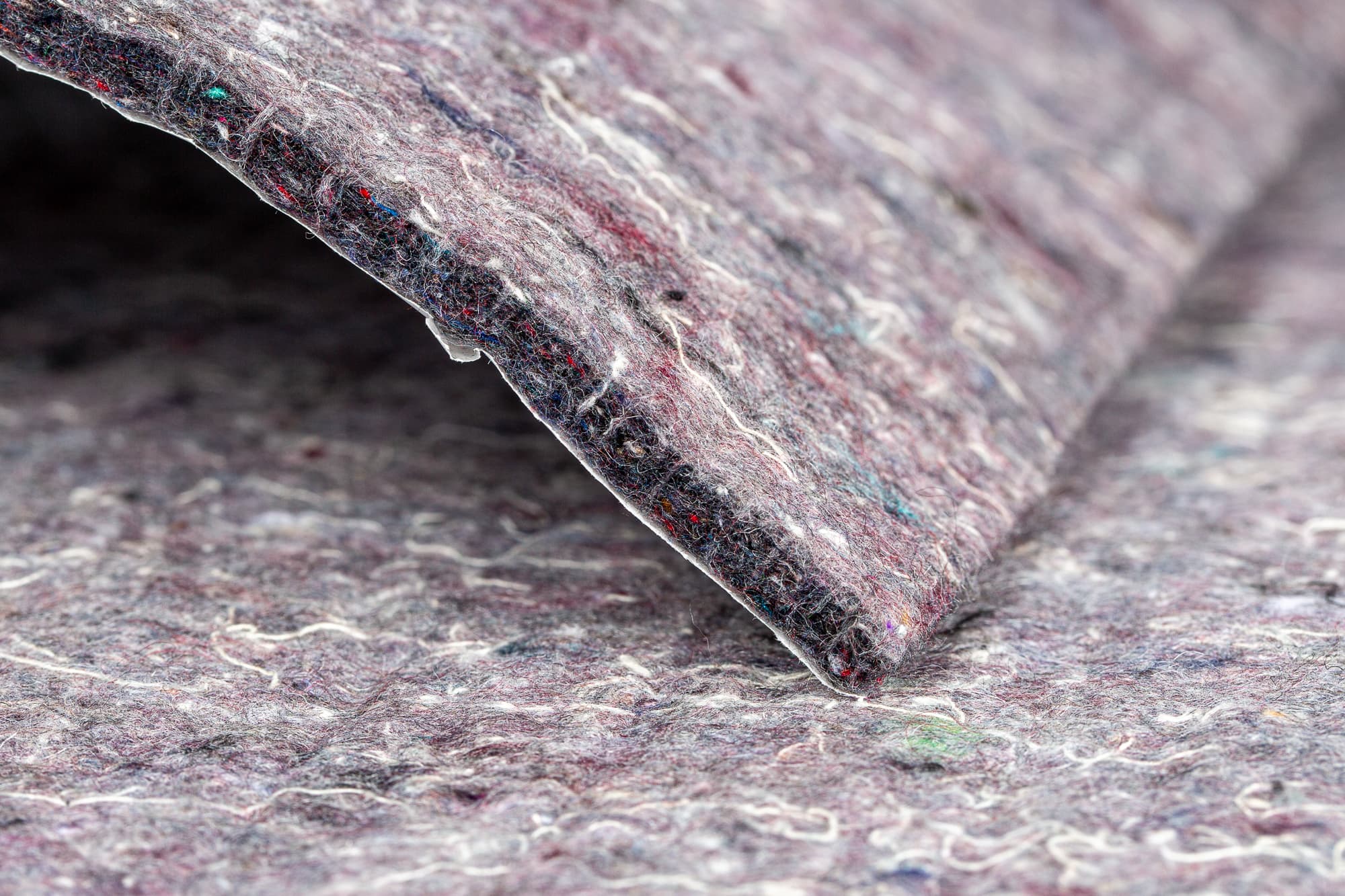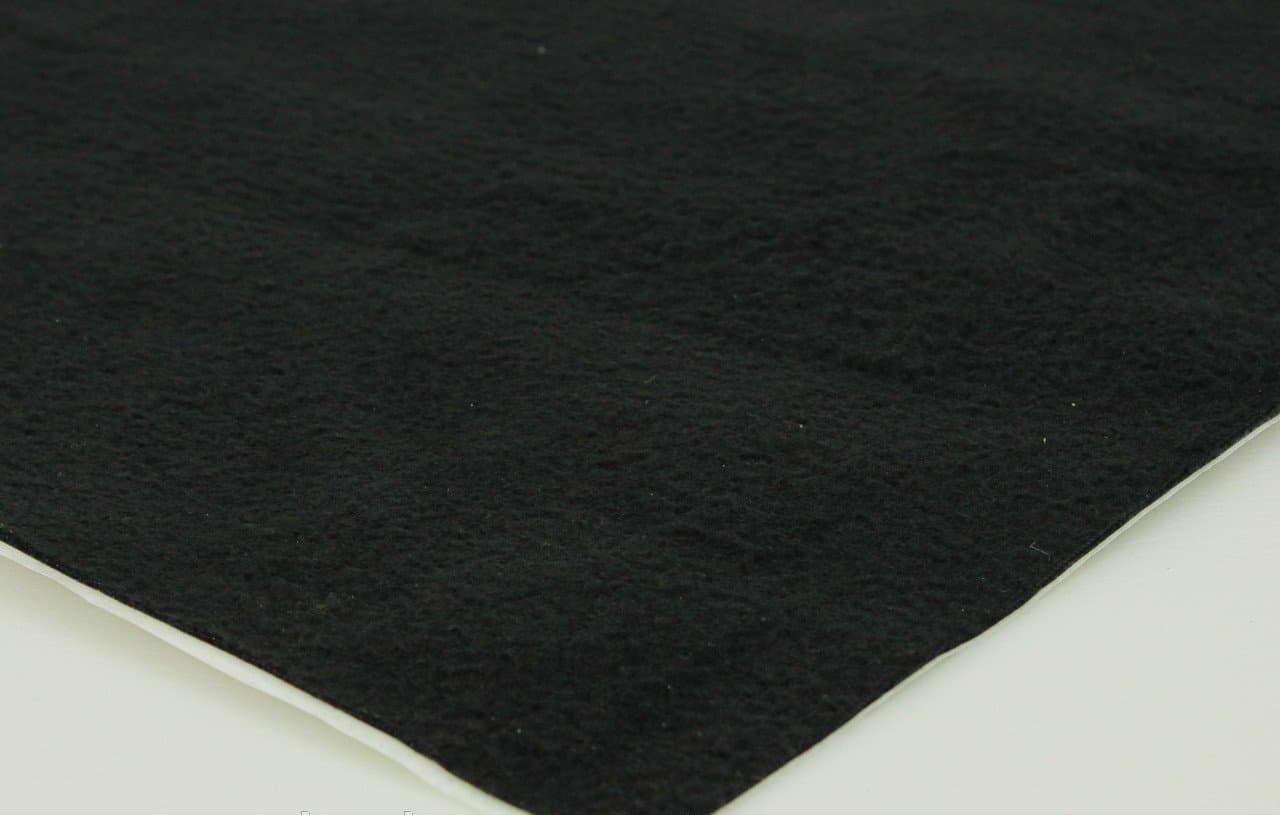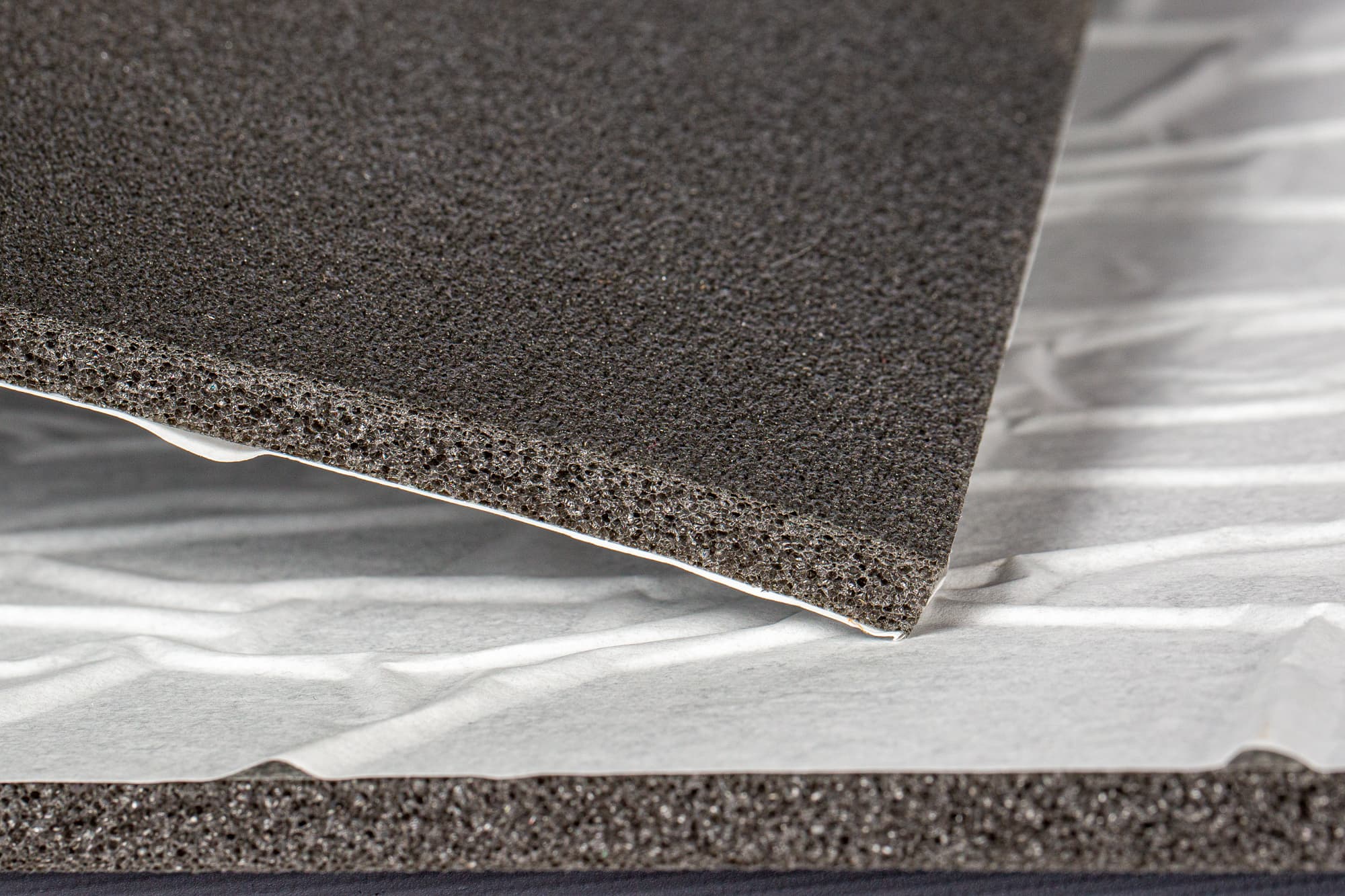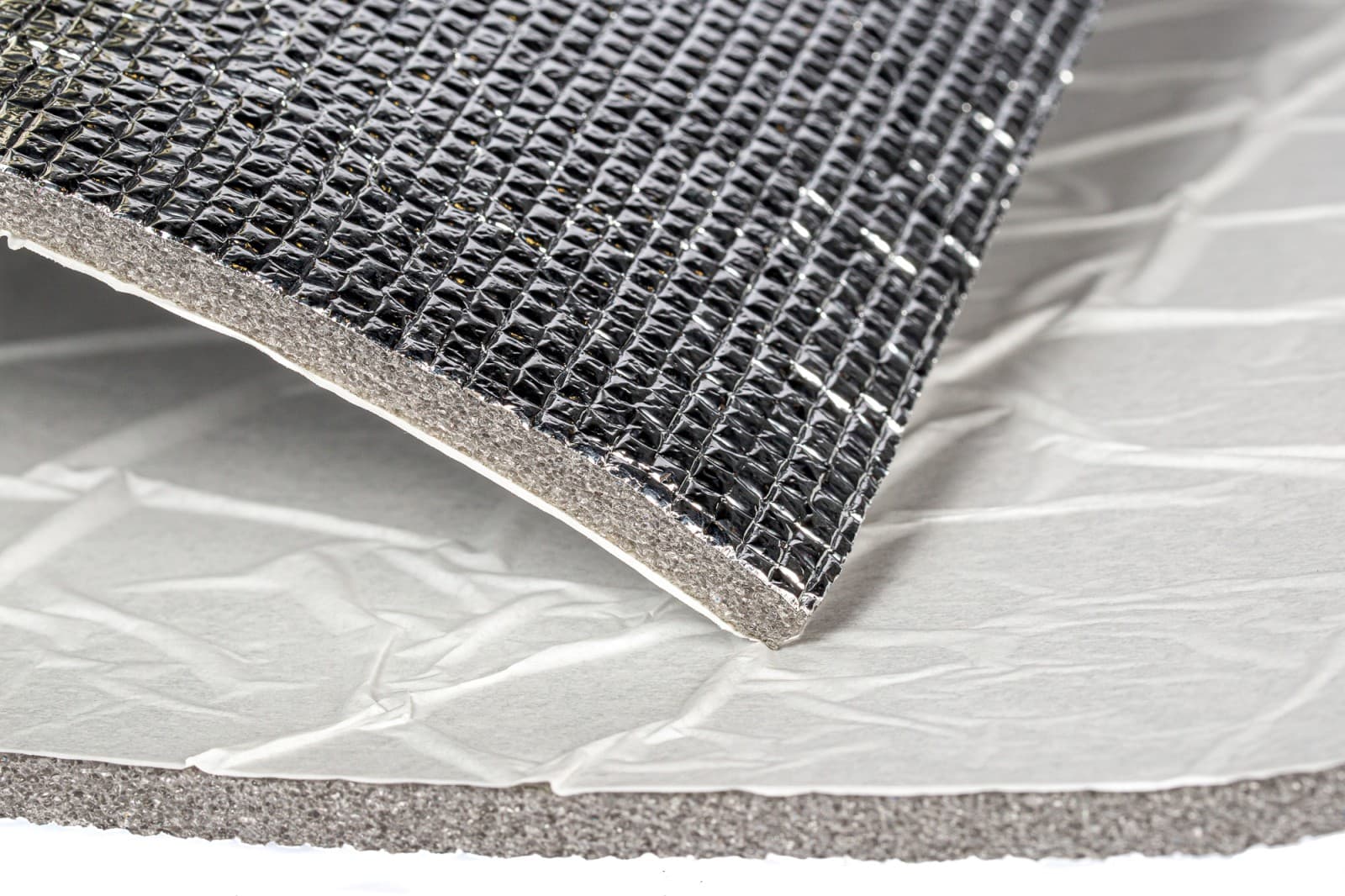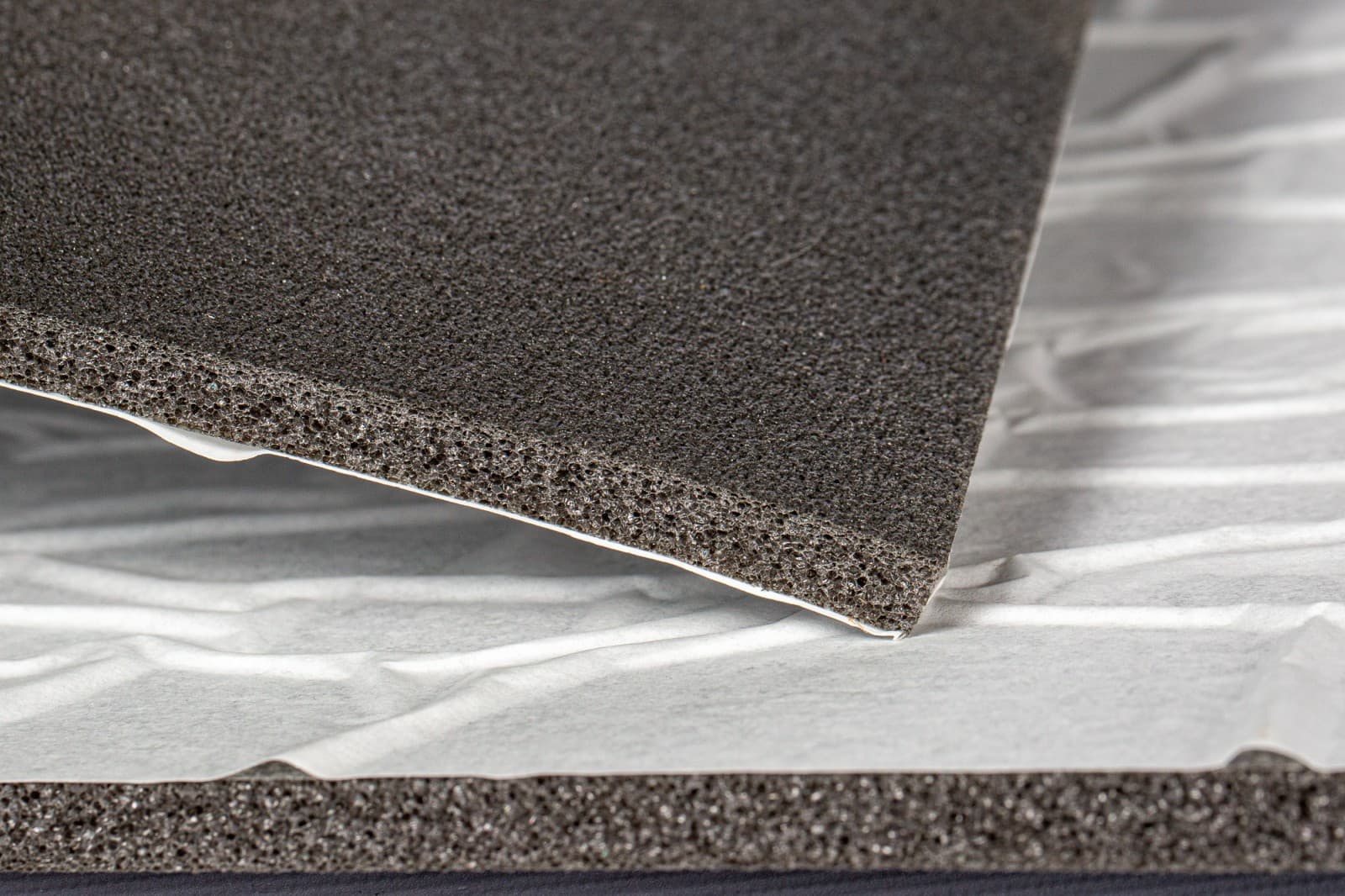The modern market offers a wide range of vibration-damping and sound-insulating materials with different technical characteristics, parameters and external price level. Each manufacturer has developed its own technological advice on the use of manufactured materials for sound insulation.
Vibration absorption for many materials used noise insulation effect elastic deformation of the butyl rubber (e.g. VIBROFILTR) or a bituminous layer. To achieve the effect of sound absorption materials are used containing a layer of foamed fine celled foam (PES) or polyurethane which absorbs sound waves. Sound insulation materials are installed, as a rule, over antivibration. Currently, the most common are antivibration materials containing viscous composition of the composites.
Depending on the technology of installation materials for vibration isolation can be self-adhesive (VIBROFILTR) or coated with a layer of glue thermo-adhesive. Application of the latest material on the work surface is more time-consuming, since only after heating of industrial dryers, so many experts prefer to use the materials from the self-adhesive layer.
Resilient materials suppress low frequency noise (20 to 500 Hz).
Selecting materials largely depends on the thickness of the coating to which it is applied.
For the absorption of high-frequency noise sound-absorbing materials are used, containing a layer of finely porous foamed polyethylene foam (PES) or polyurethane foam that absorbs sound waves. Sound insulation materials are installed, as a rule, over antivibration. The efficiency of sound insulating materials depends on its thickness: the thicker the material, the greater the absorption. As vibration damping, many kinds of soundproofing materials have a protective coating that protects the material against moisture, chemicals and other effects. Mandatory requirement to cover any sound-proofing material - acoustic permeability: the sound wave must penetrate the protective coating layer of finely porous material, in which sound vibrations are damped. Sound-proof materials from the fine-pored structure also have a significant insulating effect.
